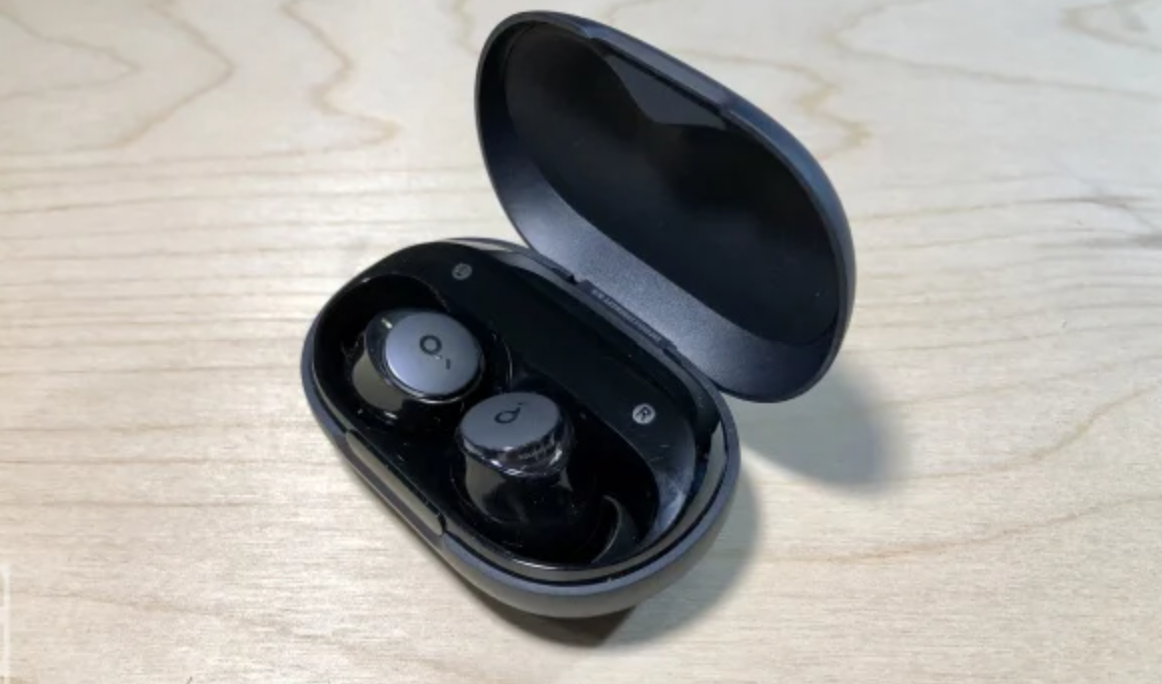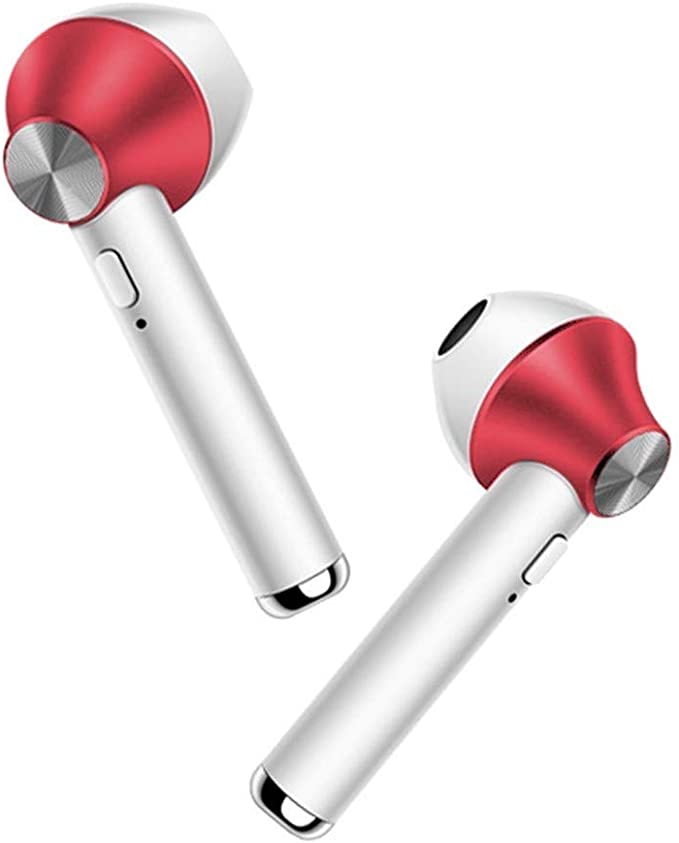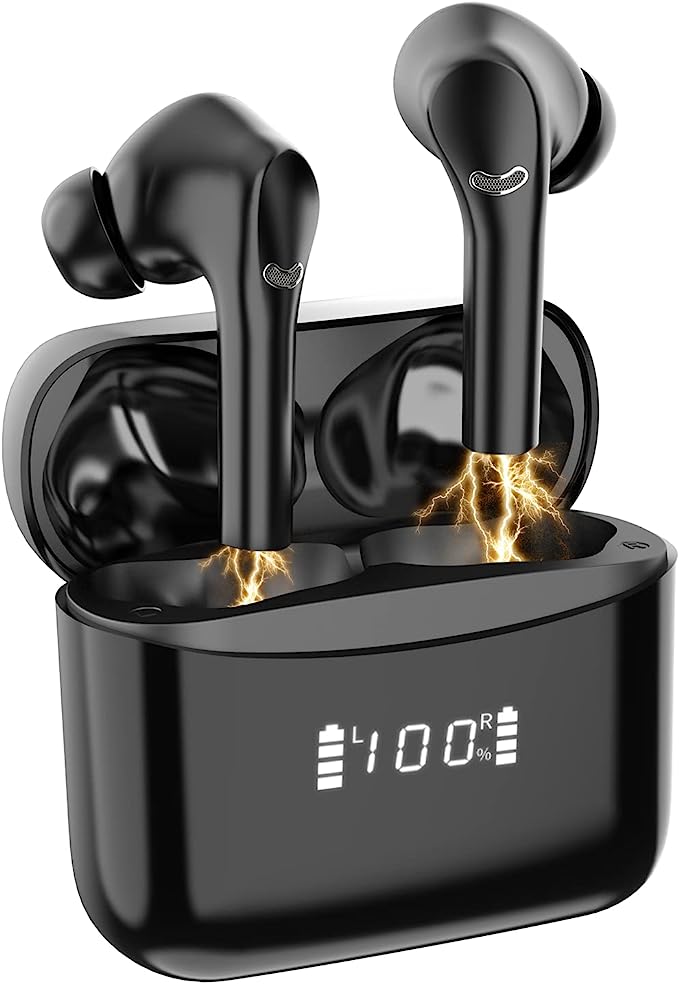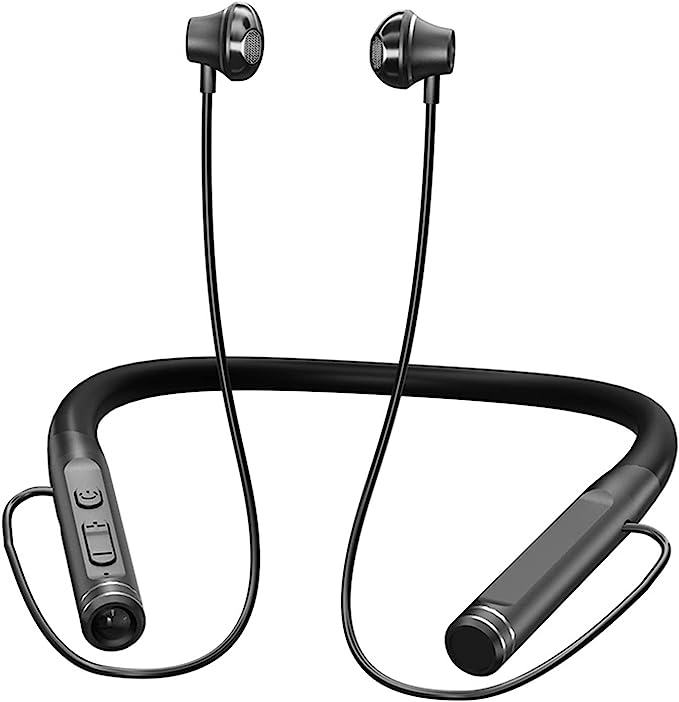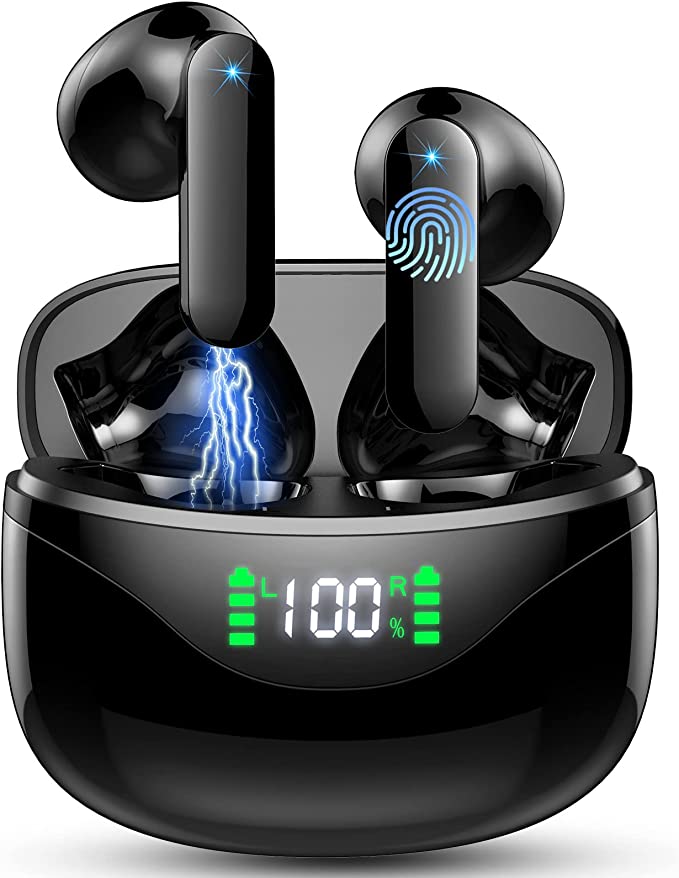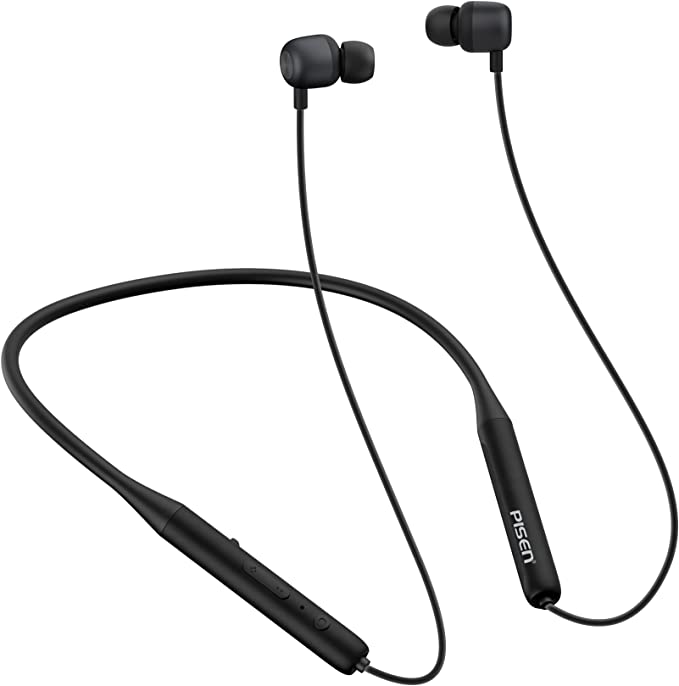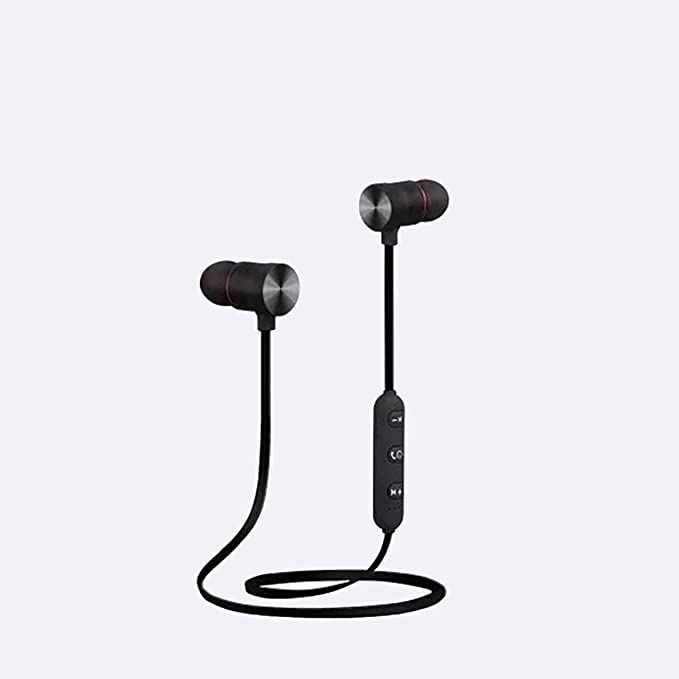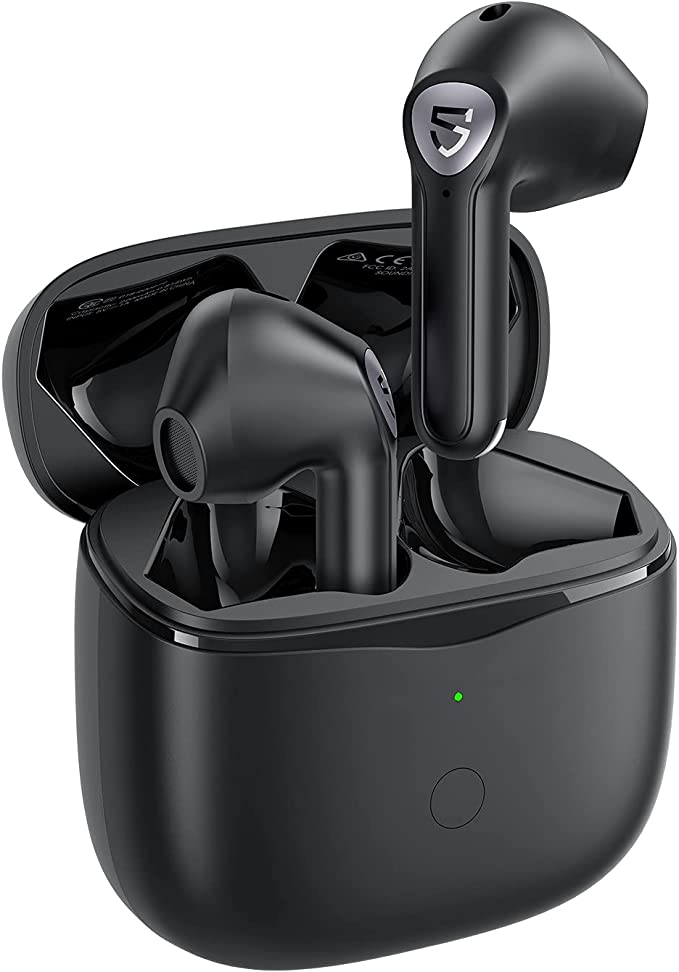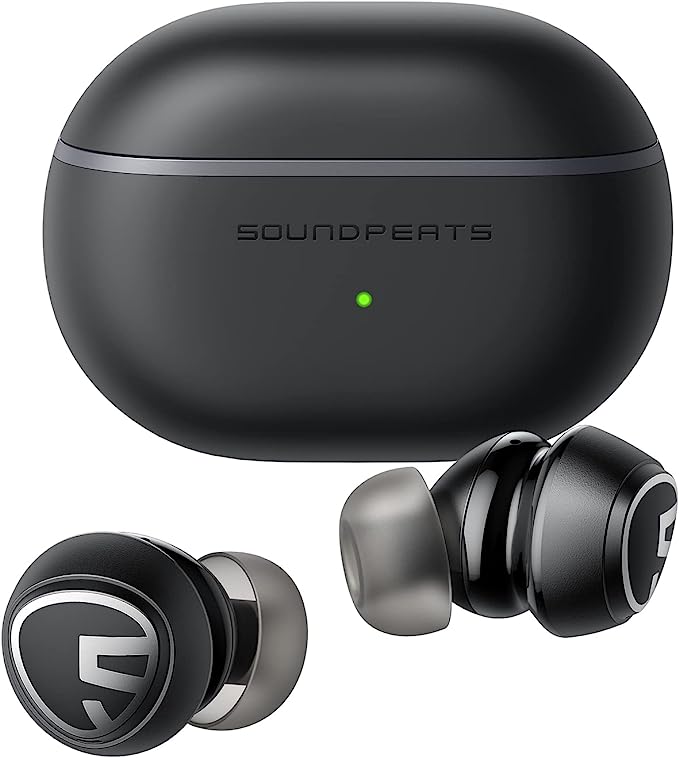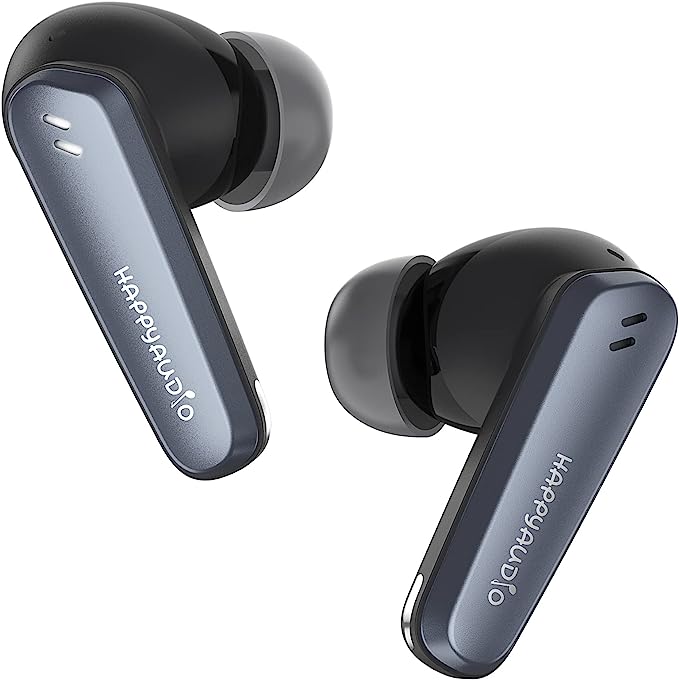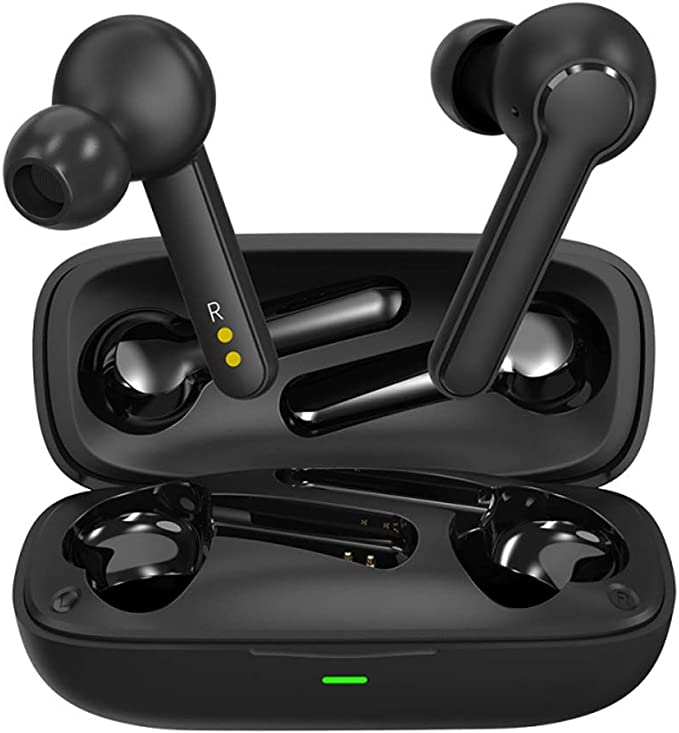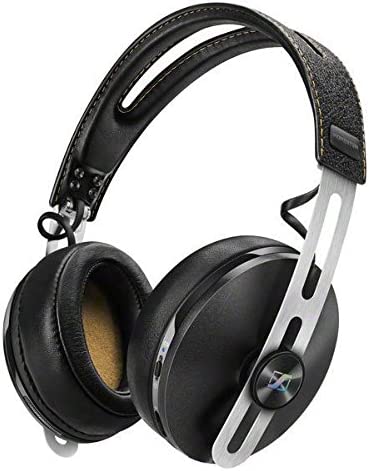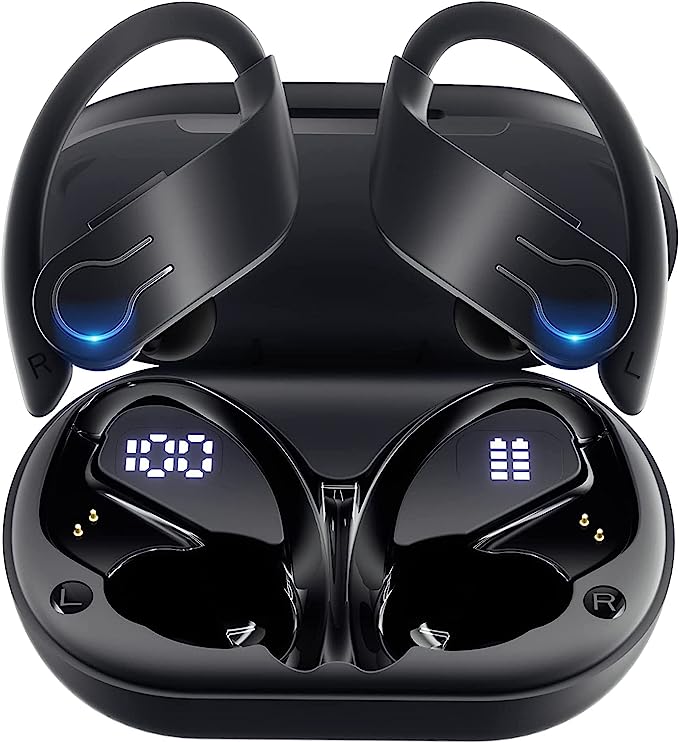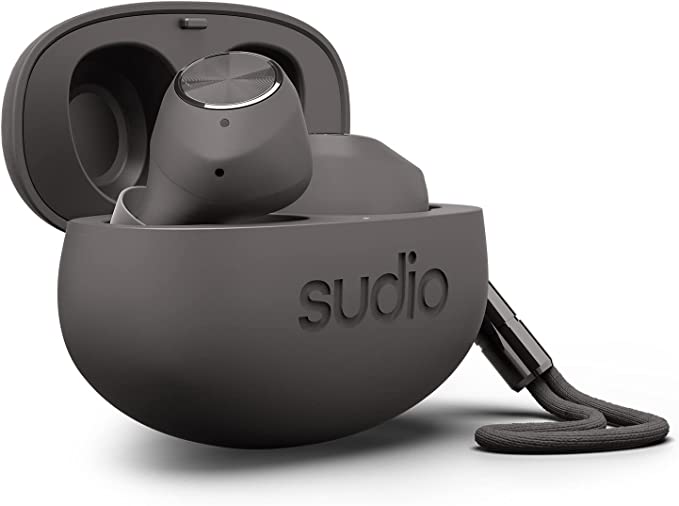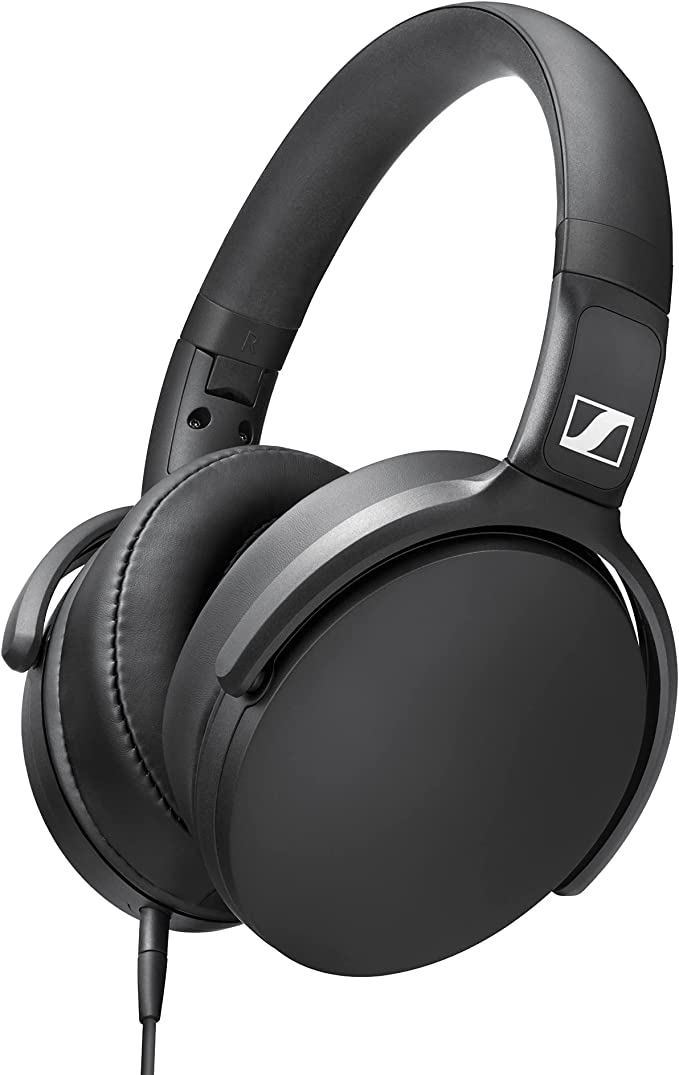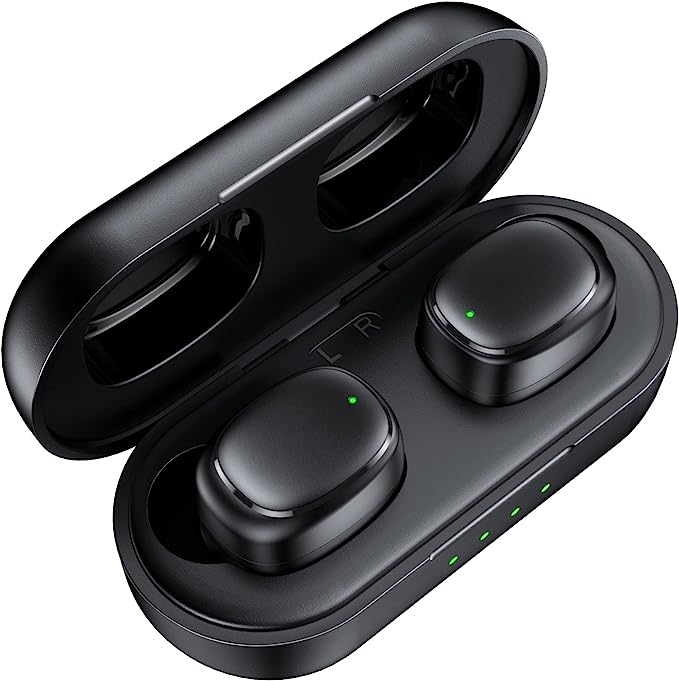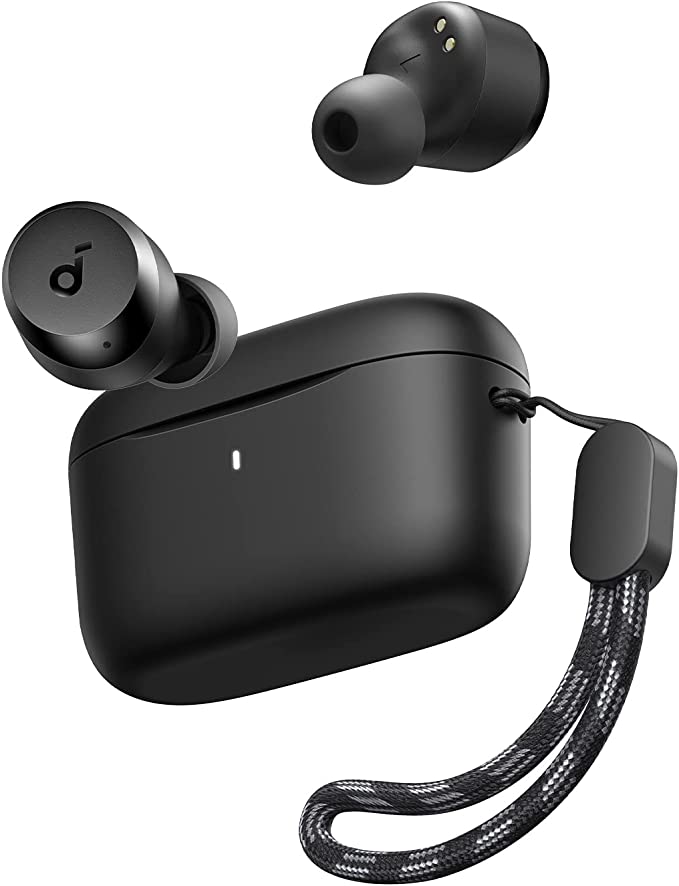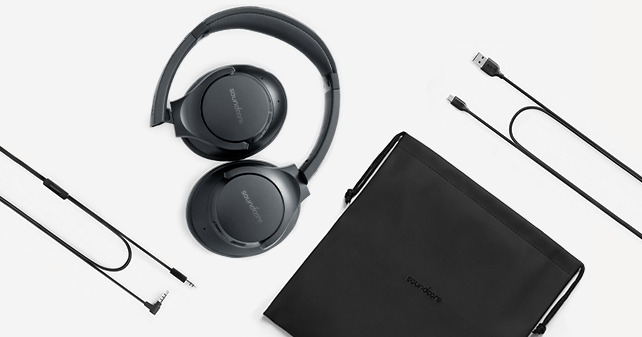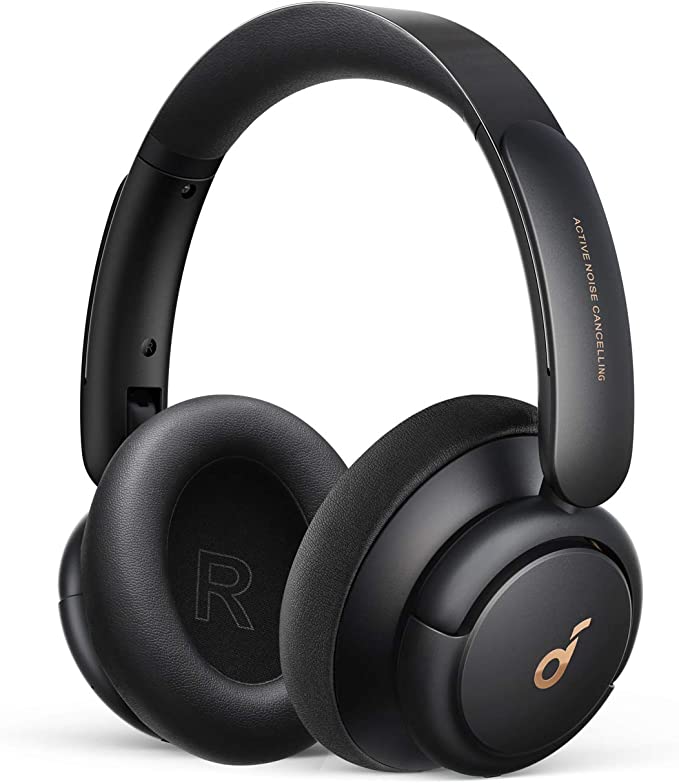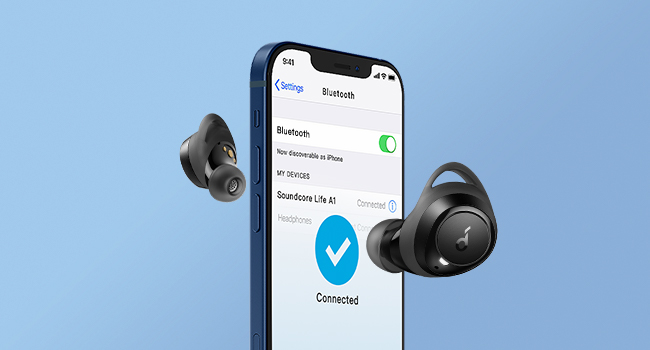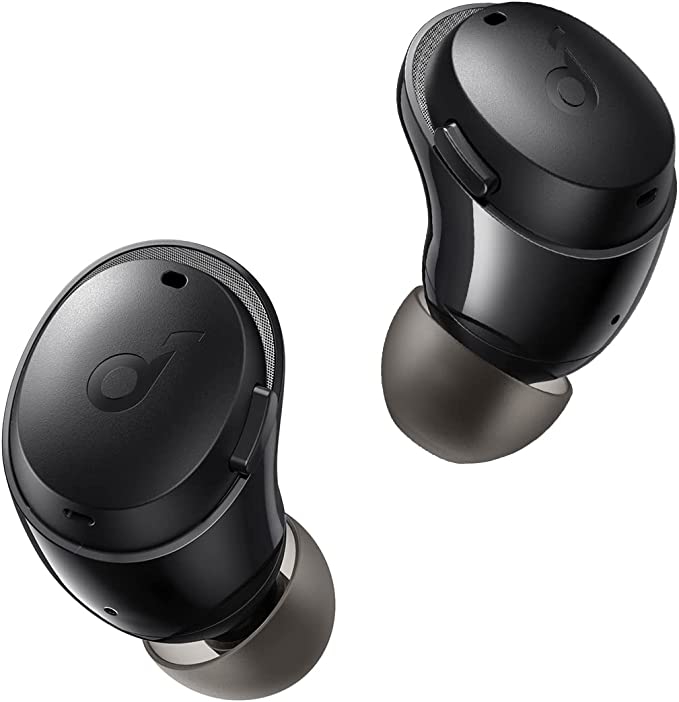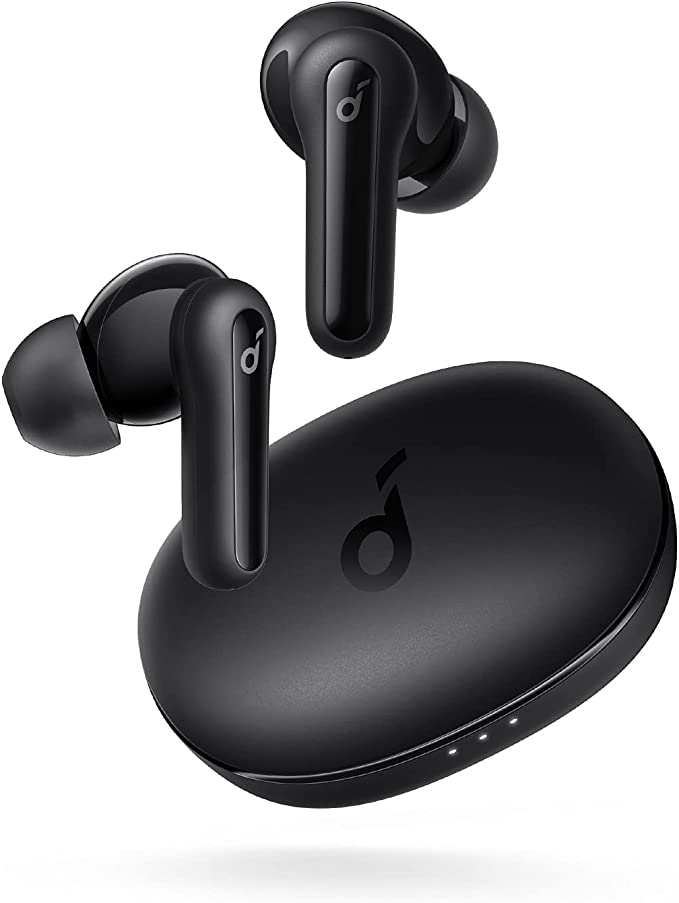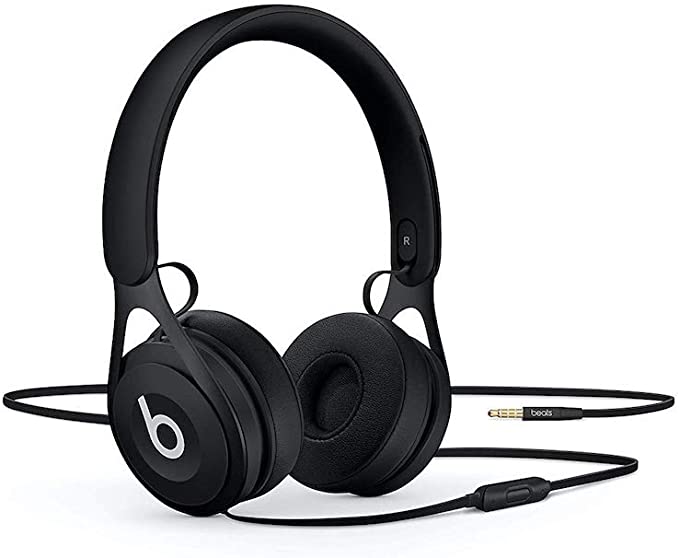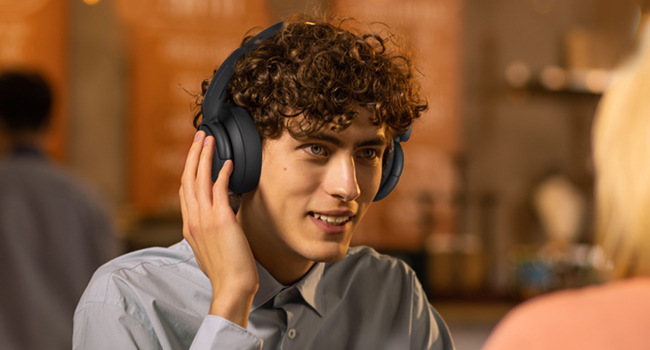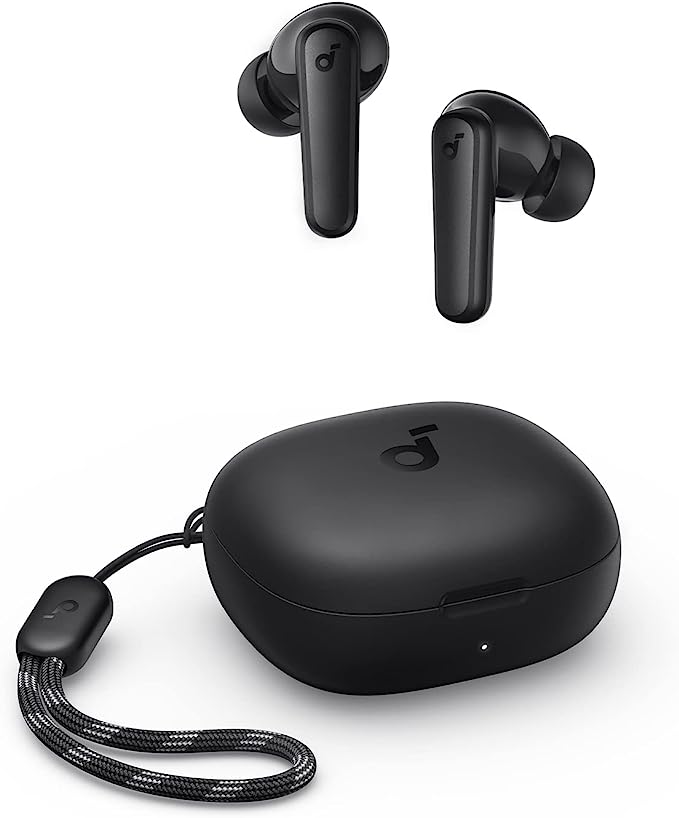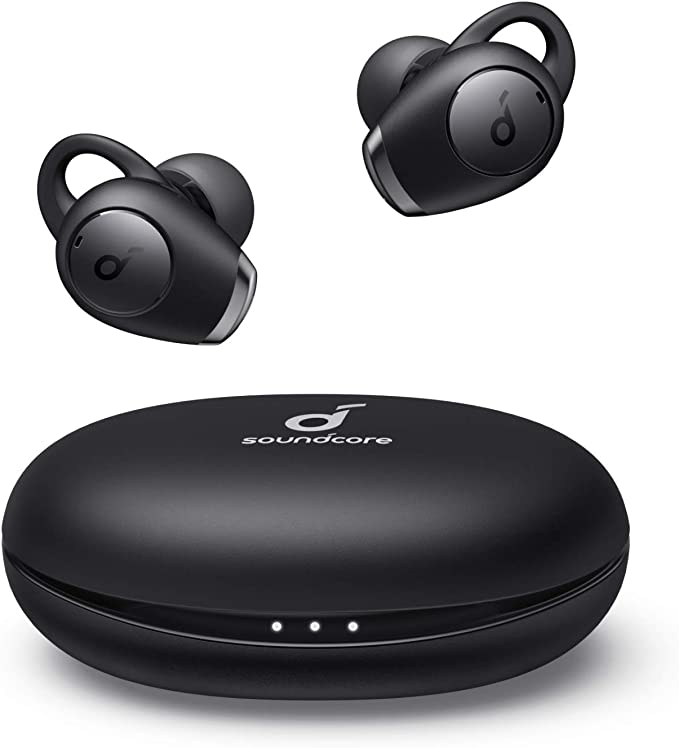Beats Studio3 Wireless Over-Ear Headphones: Excellent Sound Quality and Impressive Noise Cancellation Make Them a Top Choice
Update on July 4, 2025, 11:20 a.m.
The roar is the first thing you notice. It’s not a sound, really. It’s a presence. A physical, vibrating weight that presses in from all sides, the relentless, soul-numbing drone of air being torn apart by turbine blades, thirty thousand feet above the earth. Inside the aluminum tube of the aircraft, every conversation is a shout, every thought a struggle against the crushing monotony of the engine’s roar. You fumble for your headphones, untangle the cord or simply cup them over your ears. You press a small, unassuming button.

And then, the world shifts.
The roar doesn’t just fade; it evaporates. The oppressive weight lifts, replaced by a profound, almost startling quiet. It’s not the dead silence of an anechoic chamber, but a soft, clean space where the hum of the ventilation system is a distant whisper and the clink of a glass from the galley cart is a sharp, distinct event. You can hear the rustle of your own jacket. You can hear your own breathing. This sudden sanctuary wasn’t created by blocking the noise out. It was actively, intelligently, and invisibly built, second by second. This is the architecture of silence.
This very specific quest, the engineering of personal quiet, didn’t begin on a consumer electronics shelf. It began, fittingly, in the sky. In 1978, Dr. Amar Bose, a professor at MIT and a passionate music lover, was on a flight from Zurich to Boston. Frustrated that the roar of the jet engines bled through his airline-issued headphones and ruined the music, he began scribbling calculations on a napkin. The idea that sparked in his mind was revolutionary and beautifully counterintuitive: What if, instead of trying to physically block the sound, you could fight it with more sound?

What Dr. Bose envisioned, and what powers modern headphones like the Beats Studio3 Wireless, is a principle of physics known as destructive interference. It’s an elegant concept. Think of sound not as a thing, but as a wave traveling through the air, with peaks and valleys like ripples in a pond. Now, imagine you could create a perfect mirror image of that wave—a ripple where every peak matches the other’s valley, and every valley matches the other’s peak. When these two waves meet, they cancel each other out. The water becomes still. The air becomes silent.
This is the invisible ballet occurring within the earcup. A tiny microphone on the outside acts as a sentinel, capturing the incoming enemy: the drone of the engine. It sends this information to a processor, which in a fraction of a millisecond choreographs the response, creating that exact anti-noise wave. This new wave is then played by the internal speaker. The two sounds meet in the space around your ear and, in a moment of precise acoustic collision, annihilate each other. What’s left is a quiet canvas for your music, podcast, or simply your thoughts.
The technology in the Beats Studio3 takes this a step further with its “Pure Adaptive Noise Cancelling.” The term “Adaptive” is key. It means the system is not a one-time calculation but a continuous, vigilant process. Internal and external microphones constantly monitor the sound, adjusting the cancellation on the fly to account for changes like a shift in your head’s position, the fit of your glasses, or even the wind. It’s a tireless digital choreographer, ensuring the integrity of your quiet space remains intact.

Of course, this choreography needs a brilliant conductor, a central nervous system to process the information and issue commands with blistering speed and efficiency. In this case, that role is played by the integrated Apple W1 chip. To call it just a “chip” is an understatement. It’s a complete System-on-a-Chip (SoC), a miniature command center that combines processing, memory, and wireless communication into a single, highly efficient package. This integration is the science behind the headphones’ impressive stamina—up to 22 hours of playback even with the demanding noise-cancellation running. It’s what makes features like Fast Fuel possible, where the chip’s intelligent power management can turn a mere 10-minute charge into 3 hours of listening time.
Beyond pure power, the W1 chip addresses a more subtle form of noise: the friction of use. Its integration with Apple’s ecosystem allows for a seamless, almost telepathic pairing process, eliminating the tedious dance of settings menus. This reduction of cognitive load, this effortless transition into a listening state, is a technological pursuit of what psychologists call a “flow state”—a feeling of energized focus and full immersion. It’s a quietness of a different sort: the quieting of distraction.

This seamlessness is bolstered by the choice of Class 1 Bluetooth, a specification managed by the Bluetooth Special Interest Group (SIG) that designates the most powerful tier of this wireless technology. It allows for a more robust connection over a longer distance, an unseen tether that grants you the freedom to move about without the music stuttering or failing.
Yet, no piece of technology exists in a vacuum. It is always a product of its time, a collection of decisions and compromises. A fascinating example on the Studio3 is its charging port: the Micro-USB. To a user in a world rapidly standardizing around USB-C, it can feel like an anachronism. But it is more accurately a technological fossil. It’s a clear marker of the era in which this product was designed and engineered, a time when Micro-USB was the dominant, cost-effective, and ubiquitous standard. It tells a story of the relentless pace of progress in consumer electronics, and the unavoidable tension between cutting-edge features and the long, complex life cycle of creating a physical object. It’s a quiet reminder that every product is a snapshot of history.

We return, then, to that quiet space. That personal sanctuary, engineered from a roar. The technology has granted us a profound new form of control over our environment, the ability to erect invisible walls and curate our own sensory reality. In an age of constant information and relentless noise, the power to choose silence is perhaps the ultimate luxury. But it also presents us with a new, more interesting question. Once we have built this architecture of silence, what do we choose to fill it with? Deeper music, a more focused thought, the sound of our own heartbeat, or simply, for a precious moment, nothing at all?


